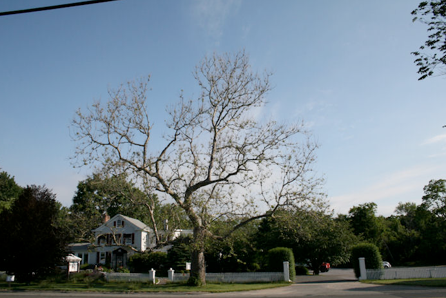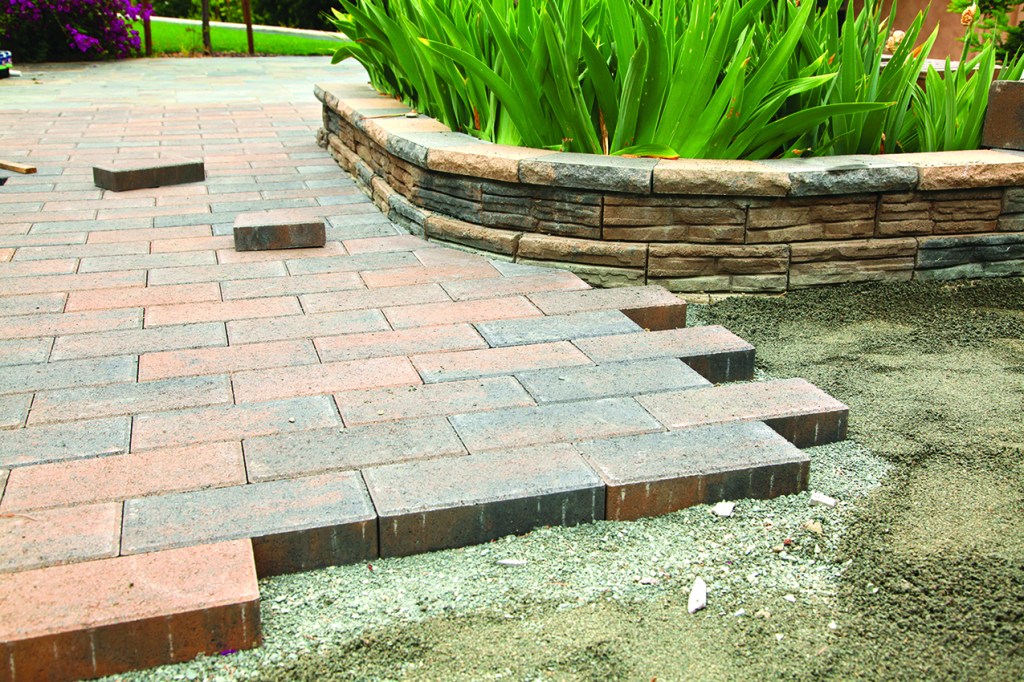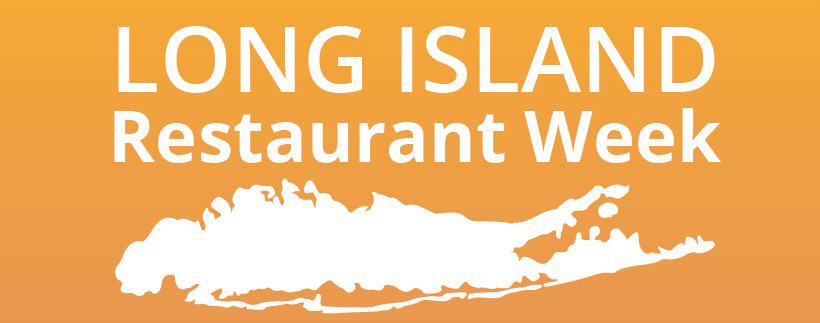Sick Trees in the Hamptons: Are Yours Okay?

Looking up at the trees gracing the property of your Hamptons home, you may have noticed that something seems amiss. Fox Tree Service president Bart L. Fusco—a Certified Arborist and Registered Consulting Arborist—shares his expert insights on how to assess what the problem may be, warning signs to look for, potential causes of tree sickness and what can be done.
The Question: Some of my trees have not fully leafed out—are they sick?
The Answer from Fox Tree Service president Bart L. Fusco: This has been an unusual year for many trees and other plants. Some trees have not developed a normal leaf pattern, which may be caused by one or a combination of several different problems which present the same symptoms.
The first is an abnormal amount of salt intrusion on the buds and root systems of trees close to the ocean, brought about by salt-laden winds from last summer’s hurricane. Salt caused damage to the current year’s buds, arresting full development of leaves this spring.
A second problem this spring was a late frost, which killed and injured the tender tissue of emerging leaves. This aggravated the damage on those trees already suffering from salt injury.
In particular, Birch trees and many smaller understory trees across the south shore of Long Island have been damage by the combination of these two problems.
These types of trees have root systems that are close to the surface and are more easily damaged by injury from salt.
Some of the Birch trees will be unable to overcome this stress, and those that survive may not have a pleasing branch structure. If the trees are multi-stemmed, there could be the loss of some leaders.
Once injured trees stabilize and overcome stress by producing enough leaf growth to continue, the decision to keep the tree or have it removed by a tree company will be based on the aesthetic value of the surviving specimen.
One of the best remedies to help these trees is to keep them well hydrated.
Another major problem this year is the colonization of many trees by fungi, causing plant diseases that can affect the newly formed leaves, flowers and shoots.
One of the most prolific classes of fungi, commonly known as anthracnose, affects most American Sycamore trees and many London planetrees. The loss of leaves on these trees is almost identical to the symptoms from salt and frost damage. The main difference can be observed in those trees that have been colonized by this fungus over a few years. The result is a branch development known as “witch’s broom,” which causes an unmistakable type of growth in the canopy of affected trees.
There are fungicides available that can help these trees; however, eradication of the fungus once it is established in the tree is almost impossible.
The London planetree is a hybrid developed from the American sycamore, as an answer to this problem. Many London planetrees will still get colonized by the fungus because of their genetic heritage from sycamores.
In these three photographs of a London planetree, salt injury, compounded by early frost has resulted in poor development of the canopy.
In these two close-up views, the tissue injury and drying out of the fully developed leaves is a sign that the tree is now being colonized by anthracnose.
Most fungus problems will develop much faster in host trees that are under stress from other sources.
There are a number of other trees that are easily colonized by various fungus problems, aggravated by additional stress factors this spring. These include apples, shads (serviceberries), hawthorns, cherries, peaches and pear trees.
An unusual development this year is that a number of oak trees are also developing signs of fungus growth on their leaves.
Privet, especially monoculture hedge plantings, is also being colonized by anthracnose, and the fungus is developing earlier and more seriously than previous years.
Flowering perennials such as clematis are being colonized; the result is a dying back of the vines and leaves. And of course roses, already disease-prone, are being affected.
A yearly maintenance program can be beneficial, and should be an essential part of your plant healthcare program. For younger and less valuable trees, and other plants that have been colonized, replacing them with ones that are disease-resistant and require little outside care is the answer.
During the warmer months, as these trees come under additional stress from the summer heat, the colonized leaves will be shed by the tree. I expect to receive a lot of calls this summer about early leaf drop onto lawns.
Fungus spores, or inoculum, reside on affected leaves. By removing fallen leaves, the re-infection of healthy leaves will be reduced. Cutting the lawn will shred the fallen leaves and cause the spores to disperse and remain. If you are having your lawn cut by a service, be sure to have them rake up the fallen leaves prior to cutting the lawn.
Have questions about potential damage to the trees in your yard or looking for other tree-care information? You can contact Fox Tree Service in Suffolk at 631-283-6700, and in Nassau at 516-921-7111, or visit online at foxtreeservice.com.
Read more expert tree advice from Bart Fusco and Fox Tree Service here.








